Until recently, I would rather have poked myself in the eye with a vibrator than asked my friends if they used one. Perhaps it was my Catholic upbringing or simply a reluctance to imagine a friend’s orgasm face, but sex toys were one of the few subjects that remained off limits.
And then I found myself in a conversation with a colleague about vibrators, our discussion about WhatsApp groups having taken a more interesting turn. “Heaps of my friends have toys,” she announced, amusedly. “I bought myself a Womanizer during lockdown.”
Further enquiries (a triumph of journalistic curiosity over embarrassment) revealed several of our mutual friends also had a toy tucked away in their bedside table. Some had bought them in lockdown; others were inspired by content they’d seen on Instagram. Most women I asked were very forthcoming. Was everyone getting more relaxed about getting relaxed?
I bought myself a Womanizer during lockdown
“Young people are much more open about toys, pleasure and sex, which is opening up the conversation for everyone,” says sex therapist Christine Rafe, who prefers to refer to toys as pleasure products. “It’s becoming more normalised to think about how to achieve maximum pleasure for everyone, rather than the whole concept of pleasure being taboo.”
At the same time, the type of pleasure products on the market has changed dramatically. Where once the options for women were large and veined, today’s toys are more likely to resemble a Barbara Hepworth sculpture, but smaller and in pink.
They’re also more likely to be designed for external use than penetration. Adore Beauty’s bestselling Vush Empress 2 is a clitoral stimulator with undulating lines and vacuum suction technology, while two of Lovehoney’s three top-selling products also focus on the clitoris.
(Interestingly, Lovehoney’s other bestseller is the Fifty Shades of Grey Greedy Girl G-Spot Rabbit Vibrator, a newer version of the rabbit made famous by Sex And The City. Another rabbit – Wild Secrets’ Enchant Rabbit – is currently sold out across Australia thanks to its appearance on Married At First Sight three weeks ago.)
The type of pleasure products on the market has changed dramatically
During the Covid-19 pandemic, sales of all sex toys increased. Unable to have sex with partners they didn’t live with, more women turned to solo sex (aka masturbation) and sex toys for satisfaction.
Although there are few Australian studies into sex toys that aren’t funded by the companies that make them, one US survey last year found more than 80 per cent of women owned a sex toy, up from 65 per cent five years ago.
One national online study conducted by researchers at the University of Melbourne in April-May 2020 (over lockdown one and two) found 26 per cent of participants here in Australia reported masturbating more often than before Covid-19 and nearly 15 per cent reported using sex toys more often than usual.
“Nearly 12 per cent [of participants] reported buying a new sex toy and, of these, nearly a quarter said it was their first toy,” said the University of Melbourne study’s lead authors, Jacqueline Coombe and Jane Hocking. Many of this group were single or living apart from their partners, hence the increased solo activity. That said, those of us who were living with partners weren’t necessarily all using that extra time together to enjoy passionate daytime trysts.
“Some participants reported having more sex with their partner because they were at home with them all the time, while others said they were having less sex with their partner for the same reason,” added the researchers, drily.
Nearly 12 per cent reported buying a new sex toy
One woman I spoke to said she had several sex toys but no opportunity to use them solo. “I started collecting them years ago, but just don’t have as much time now,” she says. Another friend said she couldn’t wait for her husband to travel for work so she could use hers more.
Rafe says most women buy toys for their own enjoyment, then occasionally introduce them to partner play. She believes the trend towards sex toys began before the pandemic, as online shopping meant women didn’t have to go to a “seedy sex shop” to buy pleasure products.
As a sex therapist she’s also observed Gen Z’s equal-opportunity approach to sexual pleasure.
“From a sex-ed perspective, we were always taught that erection, penetration and ejaculation are the goals of sex – I’m in my 30s and that was certainly how I learned about sex,” she says. “Those narratives run deep. But we know more now about external stimulation being the primary source of pleasure for most vulva owners and women are definitely driving the trend to acknowledge that.”
Adding to the vibe that everyone owns a sex toy is people’s willingness to talk about it, she adds, helped no doubt by commentators such as Clementine Ford and celebrities like Abbie Chatfield.
“In my experience, people want to talk about it; they just need an opener,” says Rafe. “So if one person in a group is willing to share, say, that they’ve found an amazing toy, it allows others to pipe up. If someone starts those conversations, they’re normalising them and modelling that behaviour.”
When people discover Rafe is a sex therapist, they either run for the hills or they pepper her with questions, she adds. “I get asked a lot about what is a ‘normal’ amount of sex in long-term relationships,” she reveals.
Can’t wait to hear what my friends say about that.
Main image courtesy of Maude




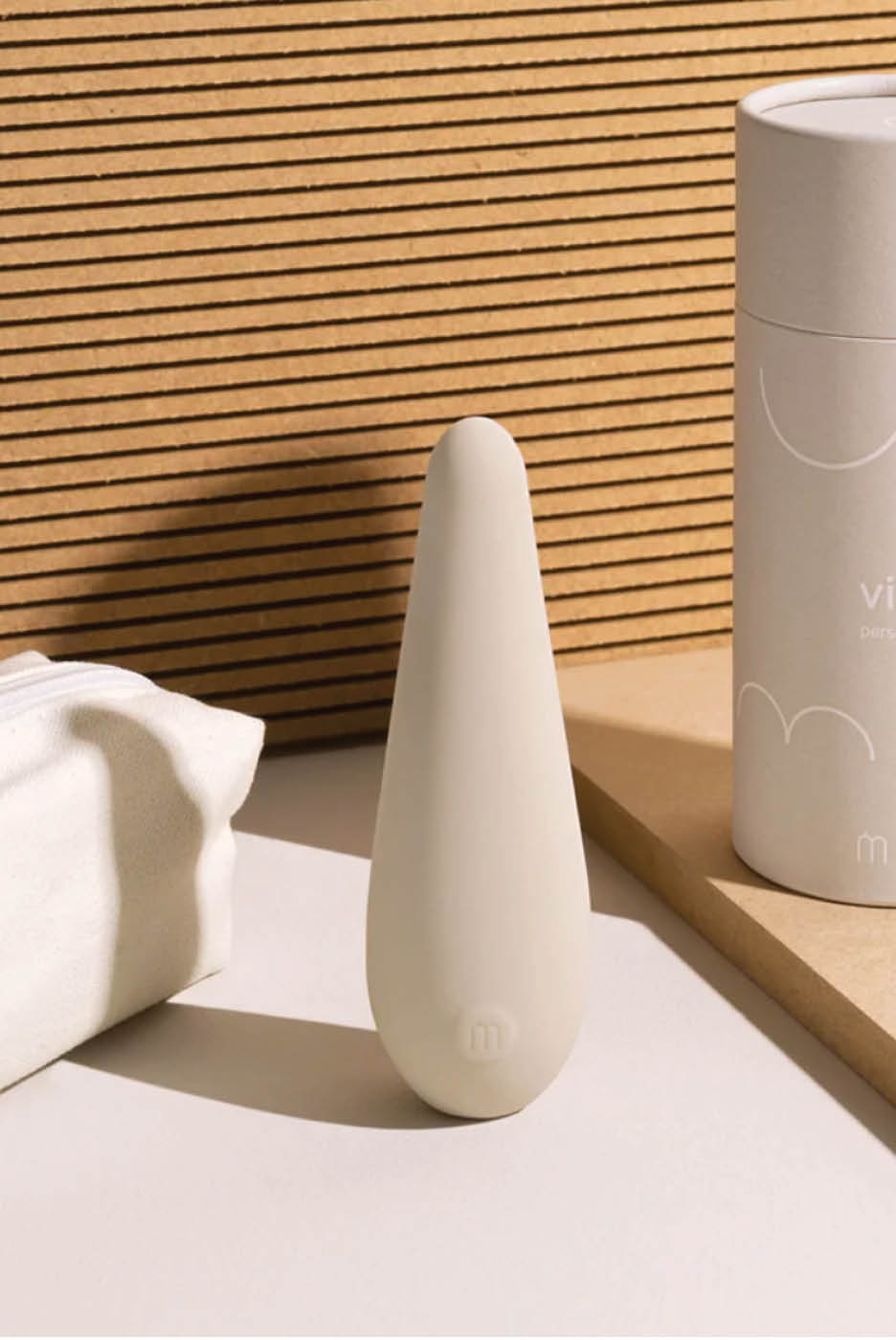



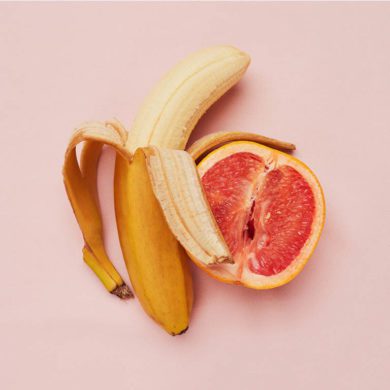
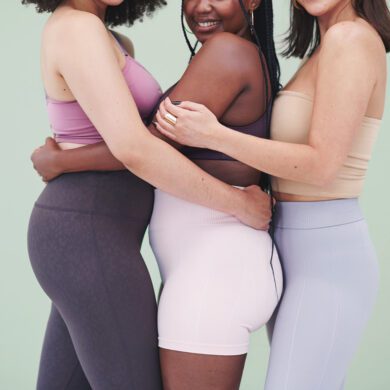

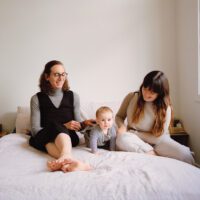

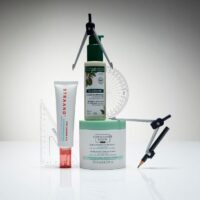
No Comments